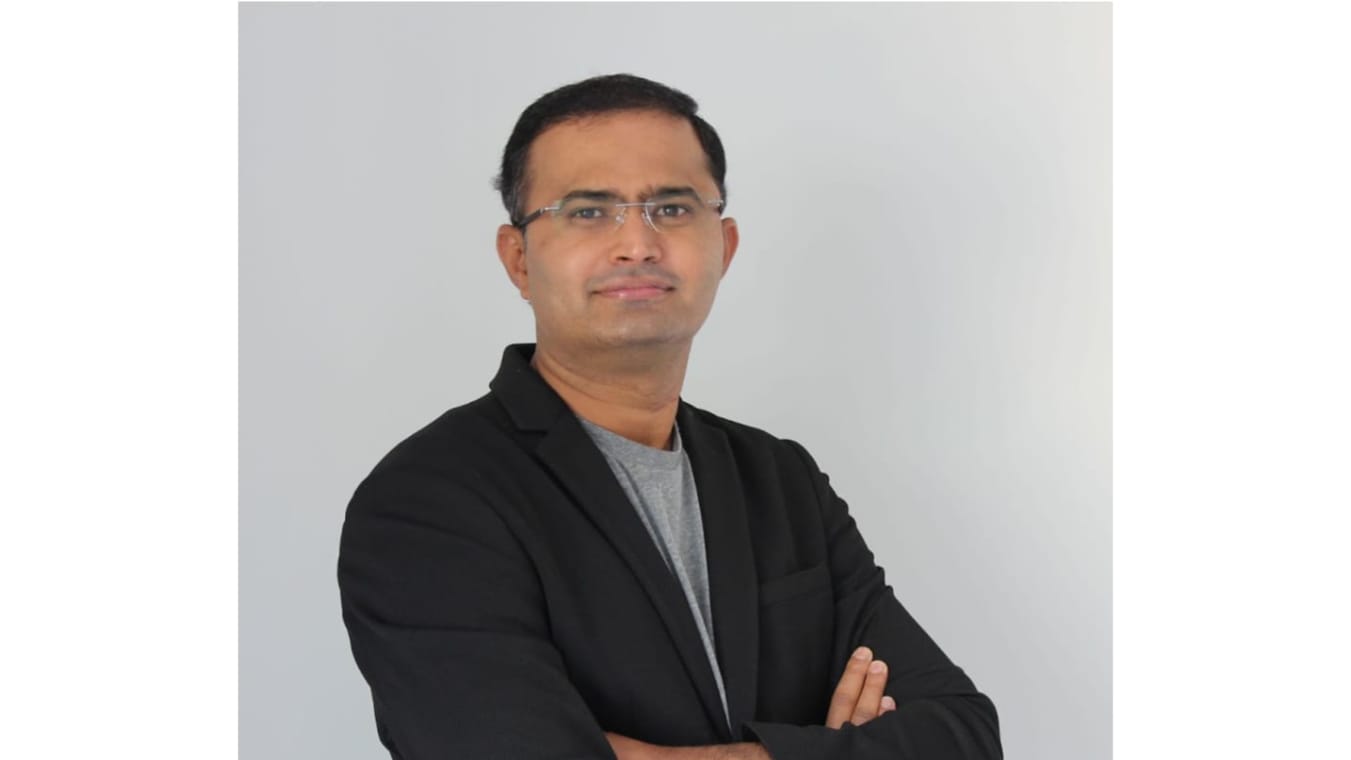As enterprises migrate rapidly to the cloud, their digital landscapes are evolving, becoming more distributed, more complex, and more vulnerable. Legacy security models, built for static environments, are struggling to keep up. Today, resilience requires more than reactive defenses. It demands intelligent, scalable, and deeply integrated protection that can evolve with dynamic infrastructure.
At the forefront of this evolution is Yugandhar Suthari, a senior IEEE member, cloud security architect, and a contributor to CNCF’s policy-as-code initiatives. With nearly two decades of experience in DevOps, AI, and cybersecurity, Yugandhar has helped shape secure, scalable infrastructure across some of the world’s most complex multi-cloud environments. His work reflects a deep commitment to proactive defense and a shift away from fragmented security silos toward unified, automated control planes.
From Reactive to Predictive: AI’s Expanding Role in Cyber Defense
Historically, security was a reactive discipline, waiting for alerts, breaches, or anomalies before responding. But as threats become more sophisticated, this model has lost ground. Enter AI.
“We’re not just defending against known threats anymore,” says Yugandhar. “We’re training systems to anticipate and neutralize unknown patterns. That’s a seismic shift in cybersecurity.”
AI systems today can monitor application behavior, detect deviations, and launch automated responses, across platforms, in real time. In heterogeneous environments like AWS, Azure, and GCP, where each provider offers a different security posture, AI acts as a unifying intelligence layer, bridging visibility gaps and standardizing threat detection across clouds.
As these systems grow in complexity, the use of unsupervised learning and behavioral analytics further enhances threat detection by uncovering patterns that traditional rule-based engines miss. AI isn’t just automating alerts, it’s becoming an active participant in decision-making at scale.
DevSecOps: Security at the Speed of Development
A major tenet of Yugandhar’s strategy is DevSecOps, embedding security into every phase of the software development lifecycle. Instead of relegating security checks to the final stage, DevSecOps makes secure coding, vulnerability scanning, and compliance verification part of each sprint.
In his scholarly article, Pentesting and Secure Code Reviews: Strengthening API Security in Modern Software Products published in the Journal of Engineering and Computer Sciences, Yugandhar outlines how pentesting and security-focused code reviews dramatically reduce API vulnerabilities.
“Modern applications are built from countless APIs and microservices,” he explains. “If you’re not thinking about security from the first line of code, you’re already behind.”
By shifting left, moving security to the earliest development stages, teams not only catch issues sooner but also build a stronger, more scalable foundation. This philosophy is key to enabling continuous integration and continuous deployment (CI/CD) pipelines that don’t trade speed for security.
Multi-Cloud, One Standard: Policy-as-Code and Unified Governance
The allure of multi-cloud architectures lies in their flexibility, but they also introduce fragmented governance, inconsistent security tools, and compliance complexity. Yugandhar’s answer? Policy-as-code.
“You need a single pane of glass,” he says. “Unified dashboards, consistent policies, and automation that moves faster than attackers, that’s how you stay ahead.”
Through tools like Kyverno, Terraform, and GitOps, Yugandhar helps organizations standardize and automate security governance across environments. These solutions don’t just enforce compliance, they empower teams to move faster without sacrificing control. With auditability and repeatability built into the infrastructure, organizations can meet evolving regulatory standards while minimizing manual overhead.
The Future: Secure Systems That Think for Themselves
Looking ahead, Yugandhar envisions a security paradigm that is predictive, autonomous, and deeply integrated into system architecture.
“Security isn’t a patch or a plugin, it’s infrastructure. It has to be as intelligent and elastic as the cloud it defends.”
With AI-powered defense mechanisms, DevSecOps pipelines, and codified governance models, organizations can build systems that not only protect themselves but evolve in response to emerging threats. These systems will increasingly self-heal, auto-update, and enforce compliance policies without human intervention.
Yugandhar’s commitment to advancing the field extends beyond his professional endeavors. He recently served as a Session Chair at the 2nd International Conference on Business Intelligence and Data Analytics (BIDA 2025) . The conference brought together researchers, academicians, and industry professionals to explore cutting-edge advancements in data analytics, artificial intelligence, and business intelligence.
As security becomes less about reaction and more about anticipation, voices like Yugandhar are guiding the shift. His work represents a future where resilience is designed, not retrofitted, and where every layer of the cloud is built with security at its core.





























